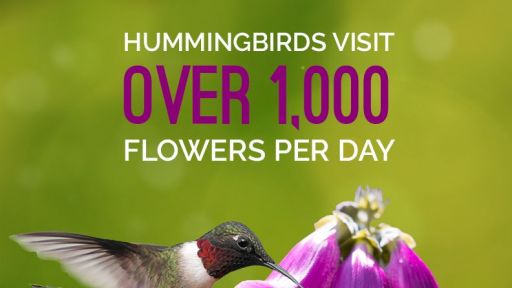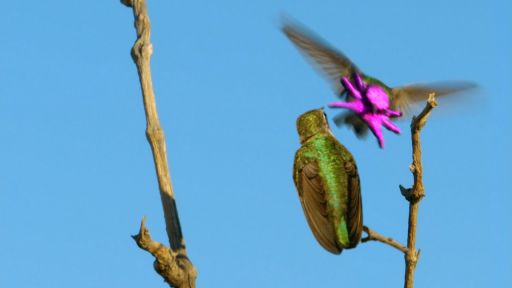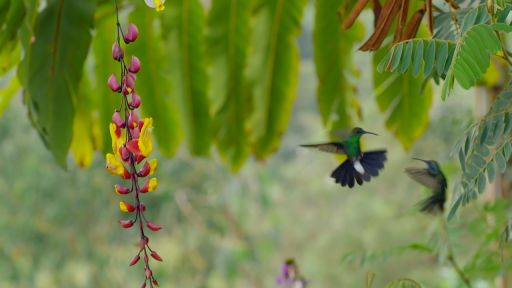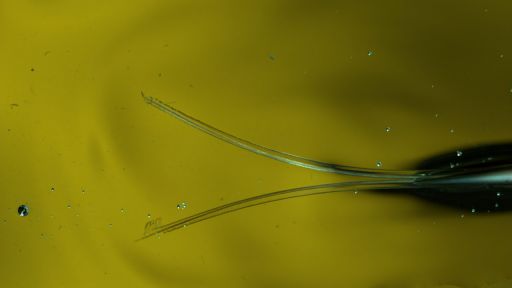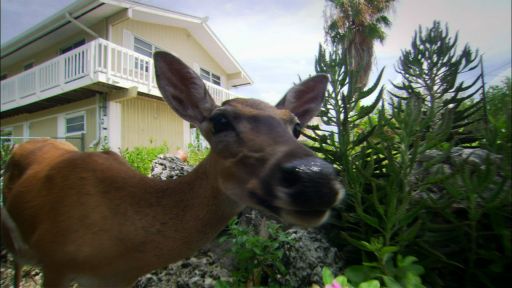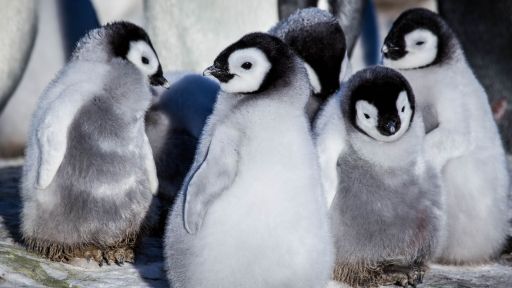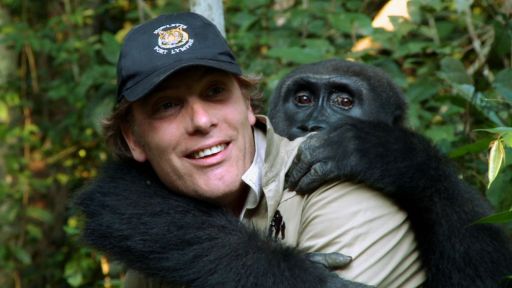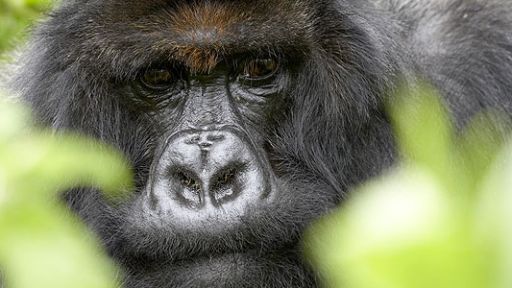
A scene from Super Hummingbirds, in which scientist Chris Witt prepares to test the low-oxygen flight capability of a giant hummingbird (Patagona gigas).
Our experiments tested the abilities of individual hummingbirds to fly in reduced oxygen, such as occurs at extreme high altitudes. The results allow us to understand the limits of high-altitude performance, how these limits differ among species, how they relate to genetic characteristics, and how they predict the elevational range limits of species. These experiments are intended to provide novel information that will help us to understand how hummingbird species ranges will shift as a consequence of the 6-7 degrees C warming that is expected in the Andes over the coming decades.
Our experimental procedure is designed to determine at what oxygen level they can no longer elevate their rate of oxygen consumption to generate sufficient lift for hovering. At that point of failure, the bird flutters gently to the floor of the chamber before being removed
Birds are removed from the chamber immediately after they can no longer produce sufficient lift for stationary hovering. At that point they are returned to a holding cage to feed and recover. We have performed this experiment on over 100 individual hummingbirds to date and not a single bird has failed to recover. In fact, full recovery (alertness, normal breathing, and flight) always occurs within 10-60 seconds of returning to ambient air, and no ill effects are evident afterwards.
— Chris Witt & the Hypoxia Resistance research team

